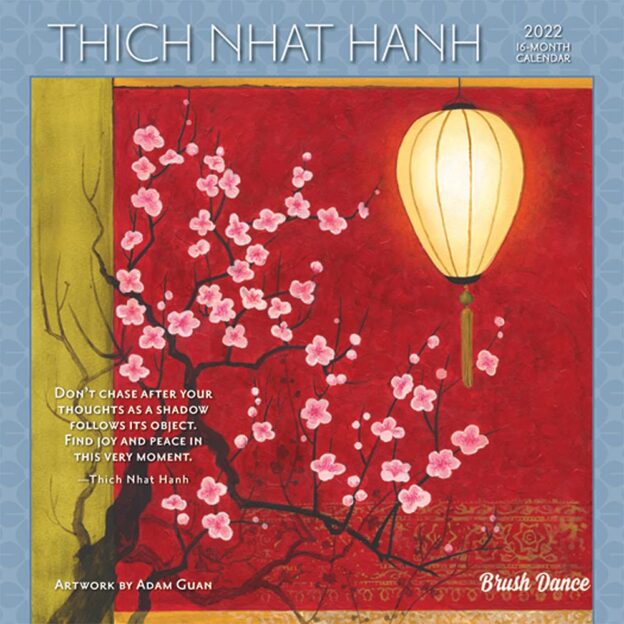

The third meaning is suggested by bhavanga, the sense of processing and transforming. The second meaning is suggested by the Vietnamese name, because store consciousness doesn’t just take in all the information, it holds it and preserves it. The first meaning is of a place, a ‘store,’ where all kinds of seeds and information are kept. These different names hint at the three aspects of store consciousness. Sense consciousness involves the sense organ, the sense object, and our experience of it.

Store consciousness is also sometimes called root consciousness (mulavijñana in Sanskrit) or sarvabijaka, which means “the totality of the seeds.” In Vietnamese, we call store consciousness tang. Bhavanga means constantly flowing, like a river. The Theravada tradition uses the Pali word bhavanga to describe this consciousness. Mahayana tradition calls this store consciousness, or alaya, in Sanskrit. There are many names for this kind of consciousness. The third layer of consciousness, store consciousness, is the deepest. Sense consciousness always involves three elements: first, the sense organ (eyes, ears, nose, tongue, or body) second, the sense object itself (the object we’re smelling or the sound we’re hearing) and finally, our experience of what we are seeing, hearing, smelling, tasting, or touching. We sometimes call these senses ‘gates,’ or ‘doors,’ because all objects of perception enter consciousness through our sensory contact with them. The second level of consciousness is sense consciousness, the consciousness that comes from our five senses: sight, hearing, taste, touch, and smell. Mindfulness keeps us in the present moment and allows our mind consciousness to relax and let go of the energy of worrying about the past or predicting the future. We can economize the energy by training our mind consciousness in the habit of mindfulness. Thinking, worrying, and planning take a lot of energy. So using mind consciousness is very expensive.

The brain is only 2 percent of the body’s weight, but it consumes 20 percent of the body’s energy. We shouldn’t say that consciousness is born from the brain, because the opposite is true: the brain is born from consciousness. It’s possible for us to train ourselves to remove the false distinction between brain and consciousness. Mind consciousness is the part of our consciousness that worries and analyses. And consciousness can’t manifest itself without a body. Body without consciousness is not a real, live body. Body and mind are simply two aspects of the same thing. When we speak of mind consciousness, we’re also speaking of body consciousness, because mind consciousness isn’t possible without the brain. Mind consciousness is our ‘working’ consciousness that makes judgments and plans it is the part of our consciousness that worries and analyses. Mind consciousness is the first kind of consciousness. The four layers of consciousness are mind consciousness, sense consciousness, store consciousness, and manas. The Buddha taught that consciousness is always continuing, like a stream of water. To understand our minds, we need to understand our consciousness. When we understand how our mind works, our practice becomes easy. The Vietnamese Zen Master, Thuong Chieu, said: In fact, says Thich Nhat Hanh, identifying the different elements of consciousness, and understanding how they interact, is essential to our practice of meditation. Abhidharma, Buddhism’s map of the mind, is sometimes treated as a topic of merely intellectual interest.


 0 kommentar(er)
0 kommentar(er)
